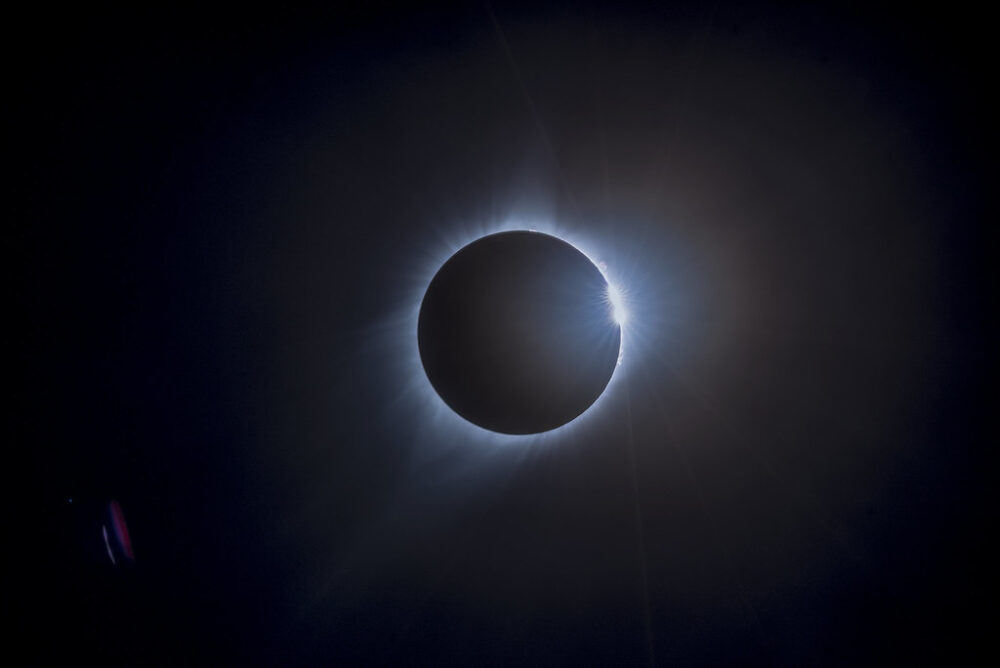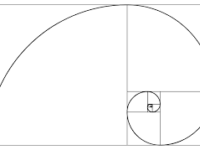For centuries, the rare cosmic occurrences known as eclipses have both inspired and terrified onlookers. Signs of both spiritual and scientific marvels, solar eclipses have often coincided with major historical events, sometimes even rewriting their outcomes. According to ancient records, for example, a great shadow descended over a battle in 585 BCE between the Lydians and Medes in Greece, causing their forces to end the fighting and bring about peace terms. Total eclipses were also seen as a sign of displeasure and even ire from the gods to many people and cultures.
Another principal eclipse occurred in 1919, which helped prove Einstein’s theory of general relativity and began to consecrate Einstein as the scientific figurehead we know him as today. Multiple teams of astrophysicists photographed this iconic eclipse during totality to prove that matter causes space to curve, as described in Einstein’s theory. Moreover, Joseph Norman Lockyer discovered helium when he saw a yellow line of light through a spectroscope during the solar eclipse of 1868. Many thought it was sodium, but nearly thirty years later, terrestrial helium was discovered, finally confirming Lockyer’s findings. Eclipses have inspired and aided scientific investigation and innovation for centuries.
“Every year, gravitational forces pull the moon 3.8 cm away from Earth”
This era of total eclipses is, quite literally, inching away as the moon distorts itself from the Earth every year. The exact distances between our planet, its moon, the sun, and the orbital patterns of each determine whether an eclipse occurs, and the eclipses that result in total darkness are only possible because of the equilibrium in these measurements. These specific conditions for occurrence are why these cosmic abnormalities are rare and growing rarer each year. Every year, gravitational forces pull the moon 3.8 centimeters away from Earth, making the diameter of its surface smaller than our planetary perception. While this may not seem alarming at first glance, this change will cause the moon’s shadow to become minuscule compared to the sun over hundreds of millions of years. During this transition, fewer and fewer total eclipses will be visible.
Additionally, it is impossible to predict every aspect of this equation. The distance gained between our planet and its moon may remain constant or could drastically increase or decrease one day. These uncertainties bring about the question of human interference: could humans somehow end this separation or even reverse the ground lost so far? Unfortunately, these factors are not amenable to human action, at least not by currently known means. Simply put, people should focus on enjoying these special cosmic events while they last.
Eventually, these miraculous phenomena will cease to exist. So take advantage of them, starting with the upcoming North American solar eclipse on April 8, 2024. While Boston will not experience totality, many parts of Massachusetts will see up to 95% coverage, so grab your friends and family to see this once-in-a-lifetime event.






